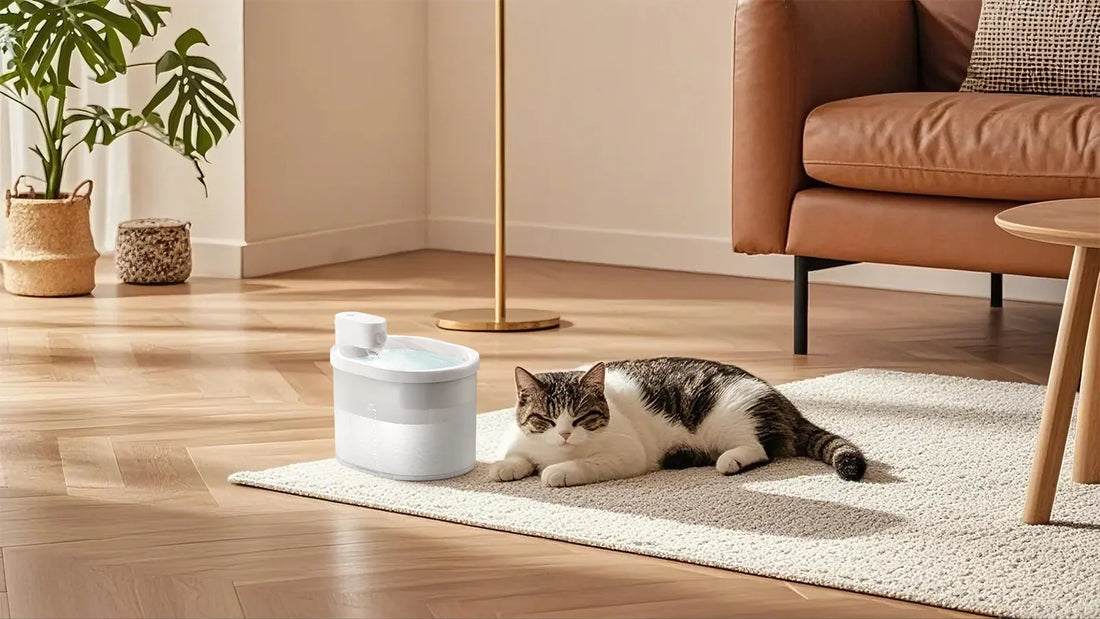As a pet owner, you’ve likely noticed how quickly your dog devours their meals. While it might seem like a sign of enthusiasm, rapid eating can lead to serious health issues. This is where a plastic slow feeder dog bowl comes into play. Designed to slow down your dog’s eating pace, this innovative tool offers numerous benefits for your furry friend’s health and happiness.
Why Dogs Eat Too Fast
Dogs often eat quickly due to instinctual behaviors rooted in their ancestry. In the wild, competition for food meant that eating fast was a survival mechanism. However, in a domestic setting, this habit can cause problems such as choking, vomiting, and even life-threatening conditions like bloat. A plastic slow feeder dog bowl addresses these issues by making mealtime more challenging and engaging.
The Benefits of a Plastic Slow Feeder Dog Bowl
Using a plastic slow feeder dog bowl offers a range of advantages for your pet. Here are some of the key benefits:
- Improved Digestion: Slower eating allows your dog’s digestive system to process food more effectively, reducing the risk of stomach upset.
- Weight Management: By extending mealtime, these bowls help prevent overeating, which is crucial for maintaining a healthy weight.
- Mental Stimulation: The intricate design of slow feeder bowls engages your dog’s mind, turning mealtime into a fun and rewarding activity.
- Reduced Risk of Bloat: Bloat, or gastric torsion, is a severe condition that can occur when dogs eat too quickly. A slow feeder bowl minimizes this risk.
How to Choose the Right Plastic Slow Feeder Dog Bowl
With so many options available, selecting the right plastic slow feeder dog bowl can be overwhelming. Here are some factors to consider:
- Size: Choose a bowl that’s appropriate for your dog’s size and breed. Larger dogs may require bigger bowls with more complex designs.
- Design: Look for a bowl with a maze-like pattern that effectively slows down eating without frustrating your pet.
- Durability: Opt for a high-quality plastic bowl that can withstand regular use and cleaning.
- Ease of Cleaning: Ensure the bowl is easy to clean to maintain hygiene and prevent bacterial buildup.
Introducing Your Dog to a Plastic Slow Feeder Dog Bowl
Transitioning your dog to a plastic slow feeder dog bowl may take some time and patience. Start by mixing their regular food with the new bowl, gradually increasing the amount over a few days. Monitor your dog’s behavior and adjust the bowl’s design if they seem frustrated or disinterested. Positive reinforcement, such as praise or treats, can also encourage your pet to embrace the new feeding method.
Common Misconceptions About Plastic Slow Feeder Dog Bowls
Some pet owners hesitate to use plastic slow feeder dog bowls due to misconceptions. Here are a few myths debunked:
- Myth 1: Slow feeder bowls are only for overweight dogs. In reality, they benefit all dogs by promoting healthier eating habits.
- Myth 2: Plastic bowls are unsafe. High-quality plastic slow feeder bowls are made from non-toxic materials and are perfectly safe for pets.
- Myth 3: Dogs won’t enjoy using them. Most dogs find the challenge of a slow feeder bowl mentally stimulating and rewarding.
Maintaining Your Plastic Slow Feeder Dog Bowl
To ensure your plastic slow feeder dog bowl remains effective and safe, regular maintenance is essential. Wash the bowl thoroughly after each use to remove food residue and prevent bacteria growth. Avoid using harsh chemicals that could damage the plastic or harm your pet. Inspect the bowl periodically for signs of wear and tear, and replace it if necessary.
Plastic Slow Feeder Dog Bowls vs. Other Types
While plastic slow feeder dog bowls are popular, there are other materials and designs available. Stainless steel and ceramic bowls are alternatives, but plastic bowls often offer the best combination of affordability, durability, and functionality. Plastic bowls are also lightweight and easy to transport, making them ideal for travel or outdoor use.
Real-Life Success Stories
Many pet owners have witnessed remarkable improvements in their dogs’ health and behavior after switching to a plastic slow feeder dog bowl. From reduced vomiting to better weight management, the benefits are undeniable. One owner shared how their dog, who previously suffered from frequent stomach issues, now enjoys meals without any digestive problems. Another noted that their hyperactive dog became calmer and more focused after using a slow feeder bowl.
Expert Opinions on Plastic Slow Feeder Dog Bowls
Veterinarians and pet nutritionists widely recommend plastic slow feeder dog bowls as a simple yet effective tool for promoting healthier eating habits. Experts emphasize that slowing down mealtime can prevent serious health issues and improve overall well-being. They also highlight the importance of choosing a bowl that suits your dog’s specific needs and preferences.
If you’re looking for a simple way to enhance your dog’s health and happiness, a plastic slow feeder dog bowl is a game-changer. Not only does it address common feeding problems, but it also provides mental stimulation and promotes better digestion. Make the switch today and watch your furry friend thrive!













